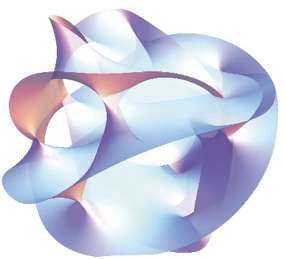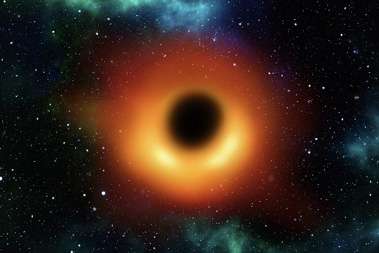Quantum Gravity, String Theory
Coordinator: Sergey Alexandrov
Quantization of gravity represents one of the greatest challenges in theoretical physics. Among many approaches to this problem, string theory appears to be one of the most successful. It is based on the simple idea that elementary particles are different excitations of a vibrating string. Remarkably, it leads to an extremely rich theory which is supposed to unify all existing interactions, predicts that we live in 10-dimensional spacetime and has several incarnations all related by a web of dualities.
The existence of additional unobservable dimensions requires that they are compactified on a small compact manifold. The choice of this manifold determines the effective theory which one obtains in the remaining four dimensions in the low energy approximation. One of our research topics is to understand these effective theories, to calculate quantum corrections to their effective actions and to study non-perturbative effects generated by various extended objects, such as branes, wrapped on non-contractible cycles of the compactification manifold.
A particularly interesting class of compactification manifolds, which plays an important role in sting theory, is given by Calabi-Yau threefolds. We study various aspects of Calabi-Yau compactifications, which range from semi-realistic models to the mathematics of these manifolds. In particular, this research involves topological string theory, BPS black holes, D-instantons, topological invariants (DT, GV, …), geometry of moduli spaces, twistor constructions, etc.
Our research is also closely related to the physics of black holes. They represent one of the most fascinating phenomena in our Universe. A particularly intriguing fact about them is that they are thermodynamic objects, i.e. they have a non-vanishing temperature and entropy. Since entropy is related to the number of states, any theory of quantum gravity should be able to count the black hole states and reproduce the entropy derived at the quasi-classical level. String theory has achieved a great success in this direction. Using string dualities, we develop techniques that allow us to count exactly the number of states of BPS black holes arising in string compactifications.

